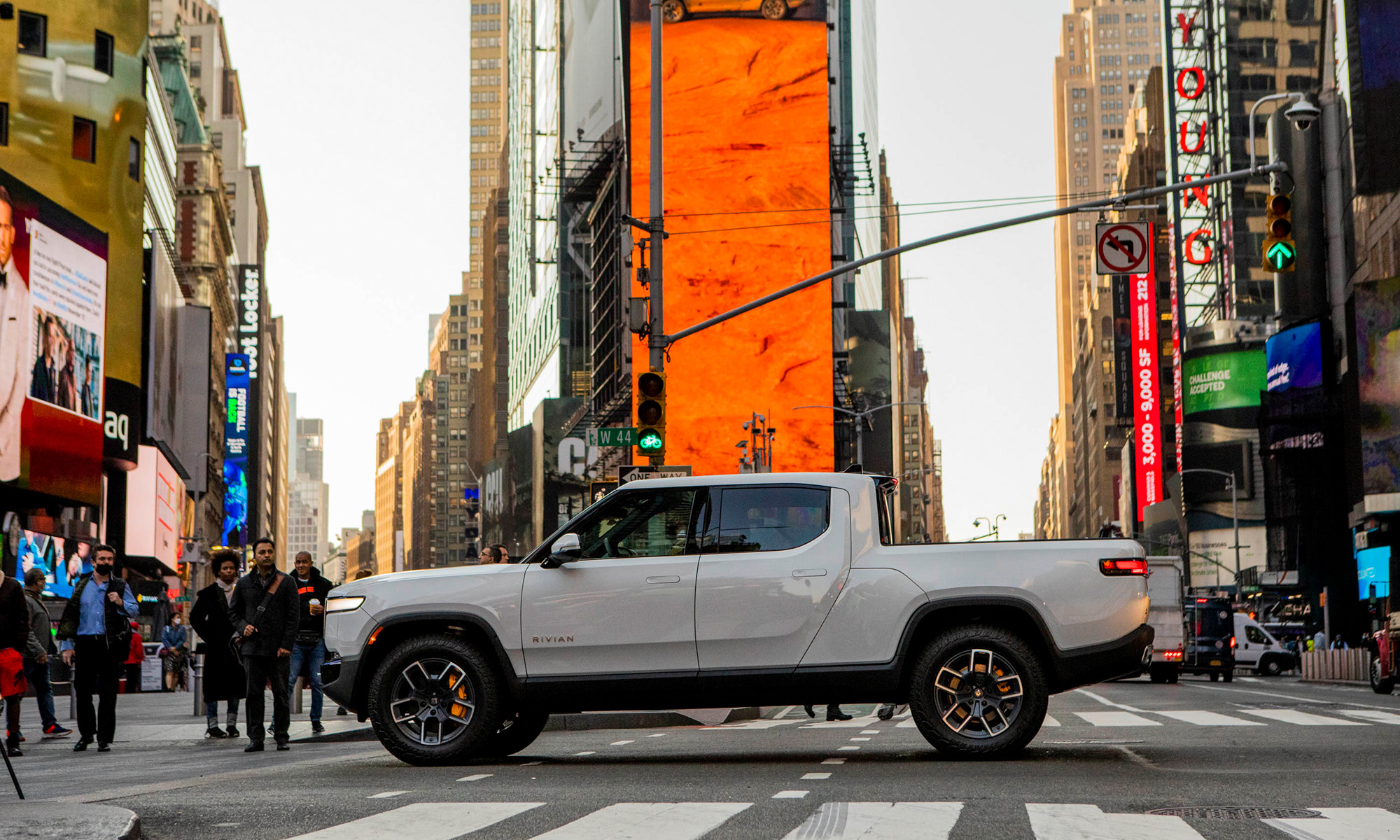What happened
When Rivian Automotive (RIVN +1.52%) stock plunged 81% in 2022, many believed it deserved better. After all, Rivian already had nearly 114,000 preorders for its all-electric R1T pickup trucks and R1S SUV combined and an order of 100,000 electric delivery vans (EDV) from e-commerce giant Amazon as of early November, and it believed it could double production to 50,000 units in 2023.
Unfortunately, the electric vehicle (EV) stock fell another 9.6% in the first half of 2023, according to data provided by S&P Global Market Intelligence, hugely underperforming the S&P 500 index's 15.9% gain during the period.
Rivian's shares, though, have done the unthinkable since -- they've rallied so much in July already that the stock is now up 40% so far this year, as of this writing.
So what
Rivian was hit from all sides through 2022 and early 2023. Supply constraints, rising costs, production delays, recalls, surging losses, cash burn -- you name it. Rivian barely produced 24,337 vehicles and delivered only 20,332 units in the year, hugely missing the market's estimates, and ended 2022 with a net loss of $6.7 billion and a negative free cash flow of $6.4 billion.
Rivian also stopped reporting its backlog number from the fourth quarter, making it difficult to gauge demand for its EVs and fueling concerns about whether the company was in trouble as competition grew. Ford Motor Company, for example, has been outselling its all-electric F-150 Lightning pickup truck, while EV giant Tesla is preparing to start production of its much-awaited Cybertruck this year, which will rival Rivian's R1T.
To add to Rivian's woes, buyers of its trucks in the U.S. lost eligibility for the $7,500 federal EV tax credit earlier this year as its batteries didn't meet the Treasury Department's sourcing standards, which mainly had two requirements: a major percentage of key minerals going into batteries should be extracted or processed in the U.S., and more than 50% of the battery manufacturing and component assembly should be done in the U.S.
All of these factors kept Rivian investors on edge, and their fears showed up in the stock's price.

NASDAQ: RIVN
Key Data Points
The markets were still not convinced when Rivian reaffirmed its 2023 production target of 50,000 units a couple of months ago since it had produced less than 10,000 vehicles in the first quarter, meaning it would have to ramp up production significantly through the rest of the year to meet its target. That seemed like a tall task until July when the market's perception of Rivian suddenly took a U-turn.
Now what
Rivian's latest numbers have caught everyone's attention: It reported a 60% jump in its second-quarter production versus the first, which means Rivian needs to produce only about 26,600 EVs in the second half to meet its annual target of 50,000 units. That looks doable. Rivian also recently adopted Tesla's North American Charging Standard, which will give its customers access to Tesla's extensive network of more than 12,000 Superchargers from 2024. Meanwhile, Amazon has just rolled out Rivian EDVs in Europe, putting to rest investors' fears that its partnership with the EV maker was at risk.
These factors, especially Rivian's unexpectedly strong volumes in Q2, have now fueled hopes that Rivian will likely beat estimates when it reports its second-quarter earnings on Aug. 8. That's one of the biggest reasons why the beaten-down EV stock reversed all of its losses and some from the first half within a few trading days in July.





